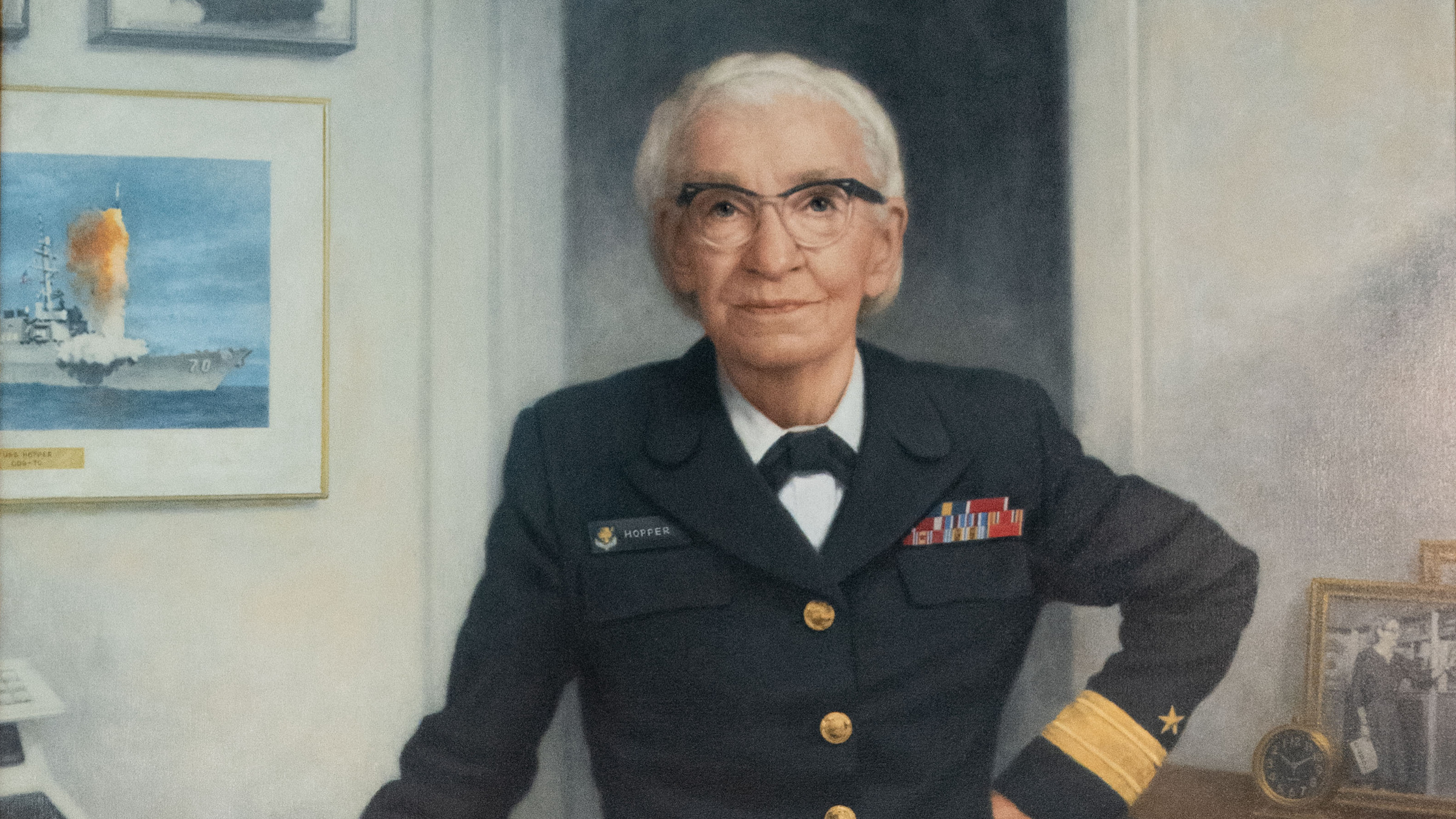
NITRD celebrated its 20th birthday at a symposium on Thursday, February 16, 2012. The symposium's theme was to recognize that in just twenty years, computing research has made astounding progress and has had an astounding impact on our lives, setting us up for an even more amazing future. Cutting to the chase, go to the symposium Web site where you can watch the videos, flip through the slides, and read the one-page blurbs for all the speakers' talks. It was a heady day!
What is NITRD? It stands for Networking Information Technology Research and Development. It is a collection of 15 member US agencies that fund researchy and development (R&D) for computing. Another 19 federal agencies participate in NITRD activities. NITRD was enacted in 1991 by Congress through the High-Performance Computing and Communication Act. If you are an academic who follows the federal budget process, the amount that is "rolled up" into the NITRD Program is an indication by the government of its support for research in computing. In particular, the entire budget of the Computer and Information and Science and Engineering (CISE) Directorate of the National Science Foundation (NSF) is counted as part of the NITRD budget. Federal support for networking and information technology R&D has grown in the past twenty years. NITRD's FY1991 base budget was $489.4 million; the FY2013 President's Budget Request for NITRD is $3.8 billion. See this link for more about NITRD.
In the early days, NITRD's focus and agency representatives were steeped in supercomputers and scientific applications. More recently, however, as computing has become ubiquitous in all sectors and in our daily lives, NITRD has come to embrace the breadth of computer and information science and engineering and a range of applications beyond science. For example, very new to NITRD is the formation of four senior steering groups each concentrating on a multi-agency, multi-disciplinary, public/private partnership area: Big Data, cybersecurity and information assurance, health information technology, and wireless spectrum. The 2010 President's Council of Advisors on Science and Technology (PCAST) report "Designing a Digital Future: Federally Funded Research and Development in Networking and Information Technology" commends and promotes this change as advances in computing are addressing not just scientific, but societal grand challenges.
The dinner event the night before the symposium set the stage. While the food was delicious and the view from the top of the Newseum spectacular, the real treat was the impressive speaker line-up: Subra Suresh, director of NSF; John Holdren, assistant to the president for science and technology, director of the Office of Science and Technology Policy (OSTP), and co- chair of PCAST; and Erich Bloch, the eighth director of NSF, who created CISE under his leadership. All three spoke eloquently of the importance and impact of computing on everyone and everything.
The all-day symposium was marked by a series of talks by experts in the field to celebrate the impact of computing on this nation's economy and society at large. Two audience favorites were the lunchtime talk by former vice president Al Gore, who as senator at the time created and introduced the High-Performance Computing and Communication Act of 1991; and the highly animated talk on modeling and simulating everyday things, e.g., diapers and shampoo by Tom Lange of Proctor & Gamble. To close the symposium, Tom Kalil, OSTP deputy director for Policy, moderated a panel, challenging us to think about "Big Ideas" in computing research for the future. Credit for the success of this Symposium goes to the Computing Community Consortium, co-chaired by Ed Lazowska and Susan Graham and directed by Erwin Gianchandani; the National Coordinating Office for NITRD; and the NITRD agency representatives. Erwin's blog entry gives a great summary of the symposium. I encourage everyone to check out the symposium Web site.
In my next blog post, "NITRD 20: A Day in Your Life," I will reproduce my one-pager and iconic slide asked of all NITRD 20 Symposium speakers.



Join the Discussion (0)
Become a Member or Sign In to Post a Comment